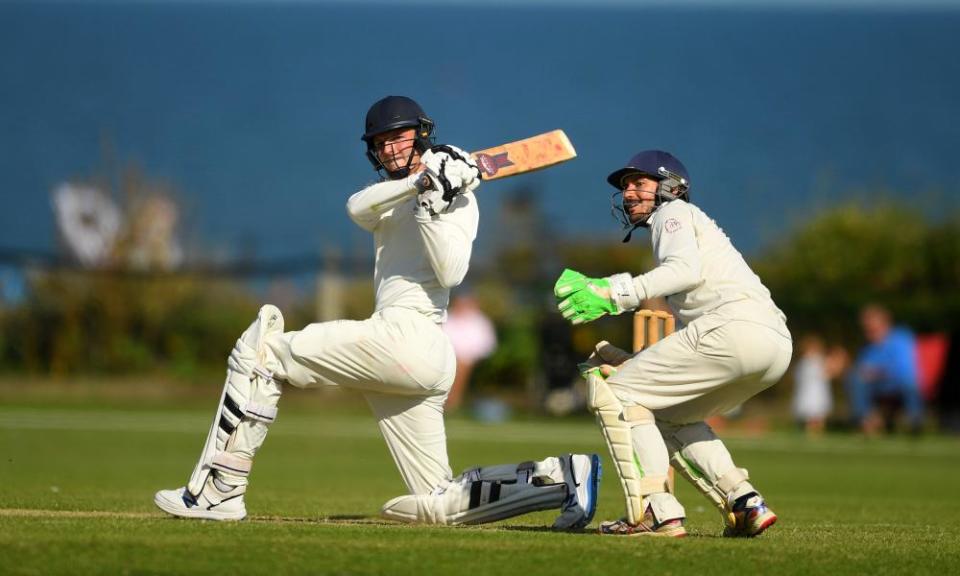Not cricket? Scientists suggest bamboo bats are a match for willow

Cricket has been bowled a googly by scientists who have suggested the traditional willow used to make bats could be replaced by bamboo to increase their sustainability and boost the sport’s reach.
“Willow has been the principal material for cricket bats for centuries,” said Dr Darshil Shah at the University of Cambridge, who co-authored the study.
But despite a good innings, there are problems with the supply of English willow. It takes about 15 years before a tree can be harvested, after which new trees must be planted. Between 15% and 30% of the wood is also wasted during bat production.
Shah, who used to play for Thailand’s under-19 national cricket team and now plays for a local team, said that by contrast bamboo – a grass – is a cheap, plentiful, fast growing and sustainable material. Shoots are able to grow from previous stumps, and maturity is reached after seven years.
“It is also very prevalent in countries that are taking up cricket such as China, Japan, South America as well,” he said.
Writing in the Journal of Sports Engineering and Technology, the team reveal that their prototype bat blade was made from strips of bamboo shoots stuck together with a resin adhesive and formed into layers.
The team were bowled over by the performance of the bat, finding it was stiffer, harder and stronger than those made of willow, although more brittle. It also had a similar vibration performance, meaning it sounds similar when striking a ball.
“It is heavier than a willow bat, and we are looking to optimise that,” said Shah.
The bamboo bat also has a larger “sweet spot”, and this is closer to the toe of the bat. “The sweet spot is a region on the bat where, when the ball hits on to that region, the ball flies away in high speed,” said Shah, meaning the bamboo bats provide more scope to hit the ball further.
But would this be, well, cricket?
Shah said that the use of bamboo would be within the “spirit of the game” as it is a plant-based material, while even the blades of willow bats are evolving – for example becoming thicker. But the idea could be on a sticky wicket: cricket regulations stipulate that bat blades must be made of wood, meaning bamboo bats would most likely be used for training or recreational games.
Prof Mark Miodownik, an engineer and materials scientist and director of the Institute of Making at University College London, who was not involved in the research, welcomed the study and said it showed a potential new use for bamboo.
“However just because bamboo is more plentiful than willow does not mean bats made from it would be more sustainable,” he said. “The whole life cycle of production, including the manufacture of the laminating resins and their disposal, needs to be considered. Do these resins biodegrade for instance? If not, this could be LBW for this new material.”

 Yahoo Finance
Yahoo Finance 